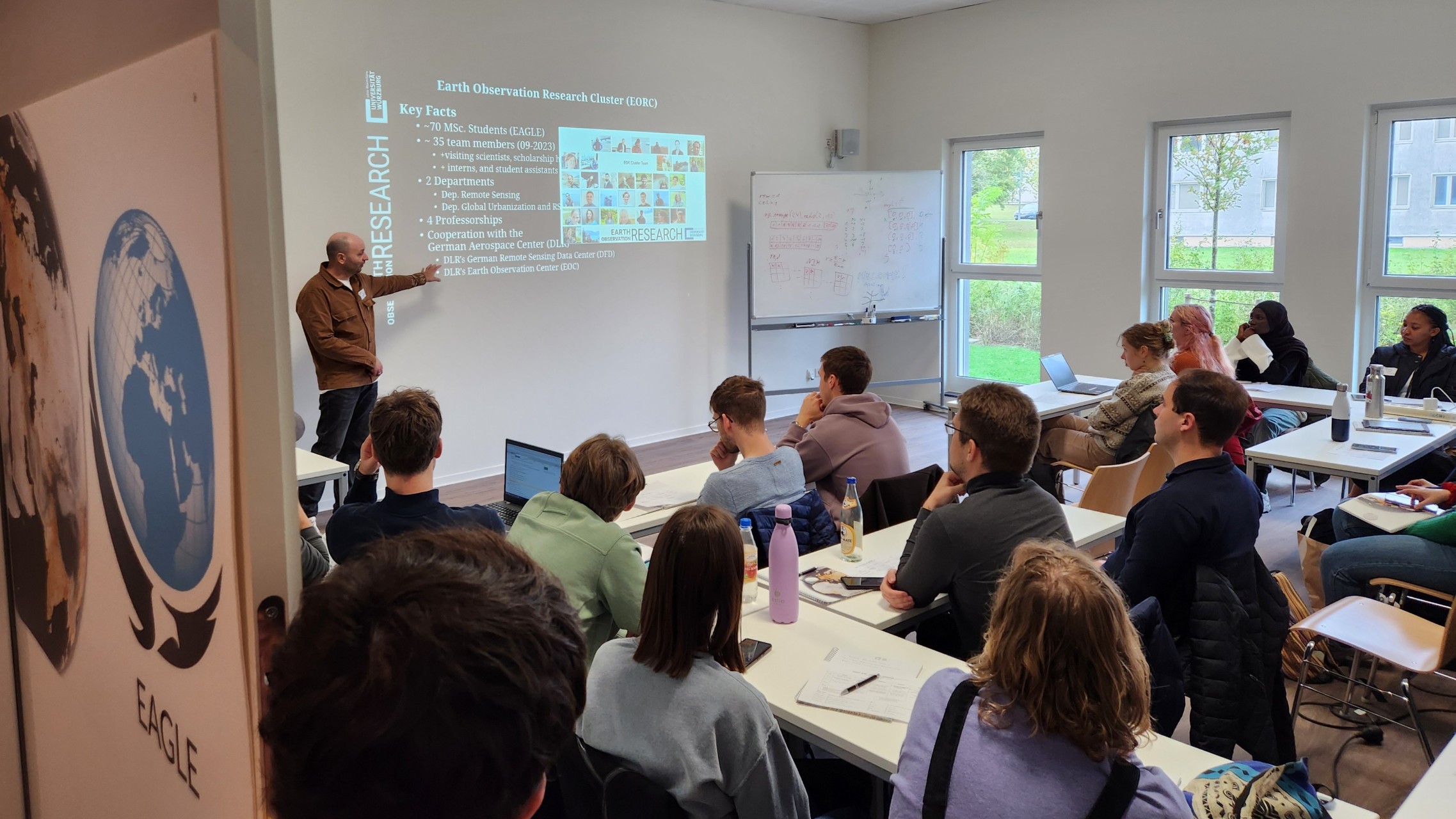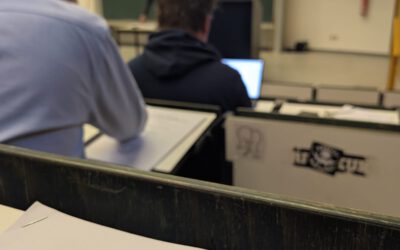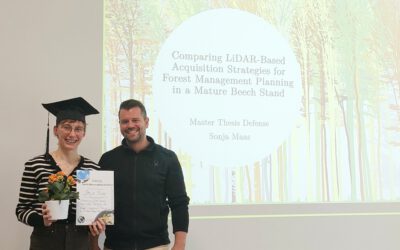Tobias Ullmann presented various remote sensing projects at our EORC from Africa to the Arctic and also outlined our structure. Martin Wegmann introduced the general concept of EAGLE and the courses for the next months.
We are very much looking forward to get to know all the new Earth Observation students within EAGLE and follow their scientific pathway in the next years!








